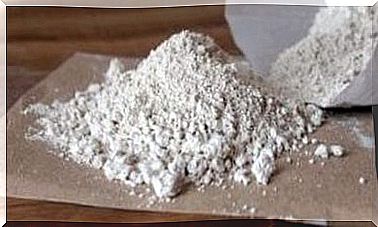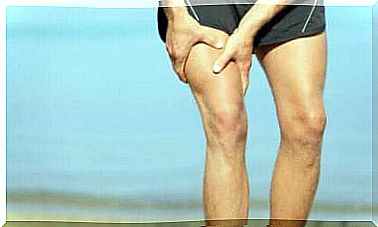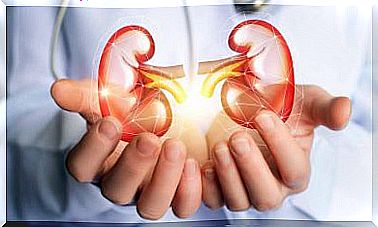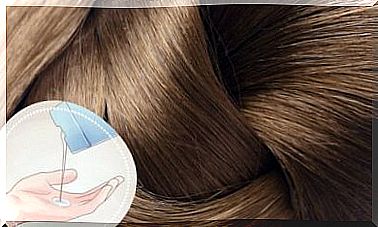Tendinopathy Of Thigh Adductors: Symptoms And Treatment
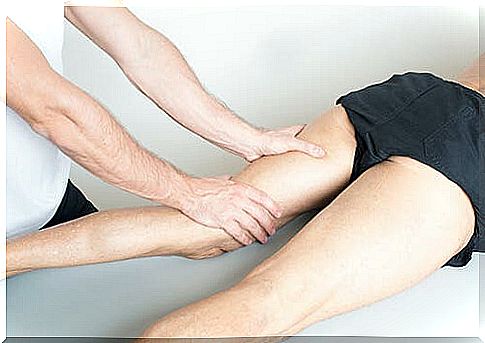
Thigh adductor muscle tendinopathy is a common condition that affects athletes. As soon as you notice its symptoms, you should see a doctor as soon as possible. Thanks to this, you will not let the trauma have a negative impact on the quality of your life.
The adductors are extremely important muscles located on the inside of the thighs. If you’ve ever been to the gym, you’ve probably come across a machine that allows you to develop them. However, in some cases, overloading them can make you develop thigh adductor muscle tendinopathy .
If you exercise abnormally or suddenly, you may develop thigh adductor muscle tendinopathy, as noted in Proximal Hamstring Detachment: A Surgical Treatment for Performance Athletes. Case study. (available in English).
That is why this condition affects athletes quite often. Read on to learn more about the hallmarks of thigh adductor muscle tendinopathy and the symptoms to identify them.
Tendinopathy in athletes or inflammation of the pubic symphysis
There are two terms used to name this condition: thigh adductor muscle tendinopathy or symphysis pubis. Additionally, because the trauma affects the adductors, it is usually classified as lower pubic symphysis.
The term is used because this type of tendinopathy manifests as discomfort in the adductor muscles, the womb, and the genitals. It can radiate to the lower abdomen as outlined in Groin Pain: A Differential Diagnosis (available in English).
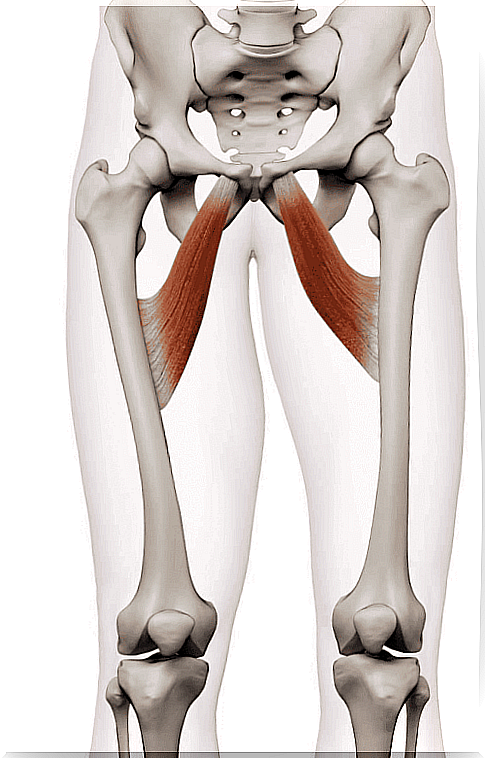
Thigh adductor muscle tendinopathy usually occurs due to vigorous daily training. That is why, as mentioned in the above-mentioned article, it often affects athletes who practice sports such as football, rugby, weight training and cycling.
That’s why it’s important to know how to recognize it when it appears. Thanks to this, you will be able to take appropriate action and recover quickly.
Symptoms of thigh adductor muscles tendinopathy
The main symptom of symphysis or adductor muscle tendinopathy is pain on the inside of the thighs. However, this pain, as we mentioned earlier, can radiate to the lower abdomen. Let’s see how this symptom develops and when it occurs:
- Warnings for Tendinopathy: At the very beginning, when the injury is just emerging, you will feel pain on the inside of your thigh or in the lower abdomen. It appears after exercise, that is, during the rest period.
- Worsening of Injury: Within a few days, pain may spread to the groin area and begin to develop during training.
- Continuous pain: If you haven’t started any therapy to deal with the injury, the pain becomes continuous and unbearable. It does not pass whether you are resting or moving.
You should see a doctor as soon as you notice the first signs of pain that we have described. All because the thigh adductor muscle tendinopathy can significantly reduce your quality of life.
Due to the intensity of the pain, stretching the adductor muscles will become virtually impossible. You may even find that you are unable to cross your feet.
Thigh adductor muscle tendinopathy: treatments
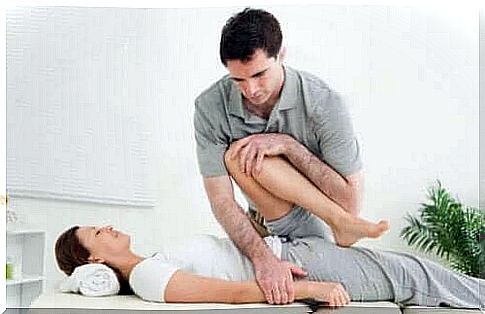
Treatment of the thigh adductor muscle tendinopathy depends on the severity of the injury. This is why the sooner you see a doctor, the less aggressive the treatment will be. Let’s look at a few possibilities:
- Taking anti-inflammatory drugs: It is recommended to combine them with rest and with stretching exercises, which will allow you to relieve tension in the affected area. You may choose to have this treatment when the tendinopathy has just started to develop and is not yet having an impact on your quality of life.
- Physiotherapy: Complements the above therapy. If you are experiencing pain while exercising, it may be worthwhile to go to physical therapy, which uses an injury treatment program, to repair what caused the injury.
- Operation: This is the last option. It is used when the injury is too serious and there is a tear and chronic dehiscence of the adductor muscle area. This can make you feel constantly in pain.
Have you ever been diagnosed with a thigh adductor muscle tendinopathy? If you play some of the sports we mentioned, we hope you will be able to improve any habits that may have led to the development of this injury. Remember to always stretch after your workout to let your muscles relax.
Sometimes we don’t pay much attention to the adductor muscles. However, they are very important and we use them all the time, often without realizing it. If you have pain in this area, don’t wait for it to worsen and put yourself in the hands of a professional as soon as possible.



